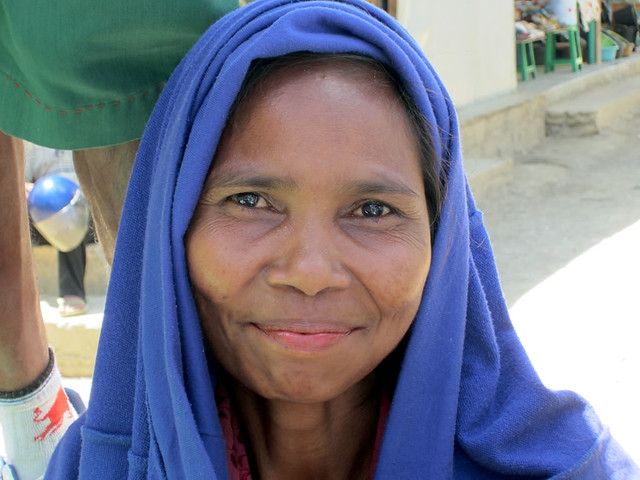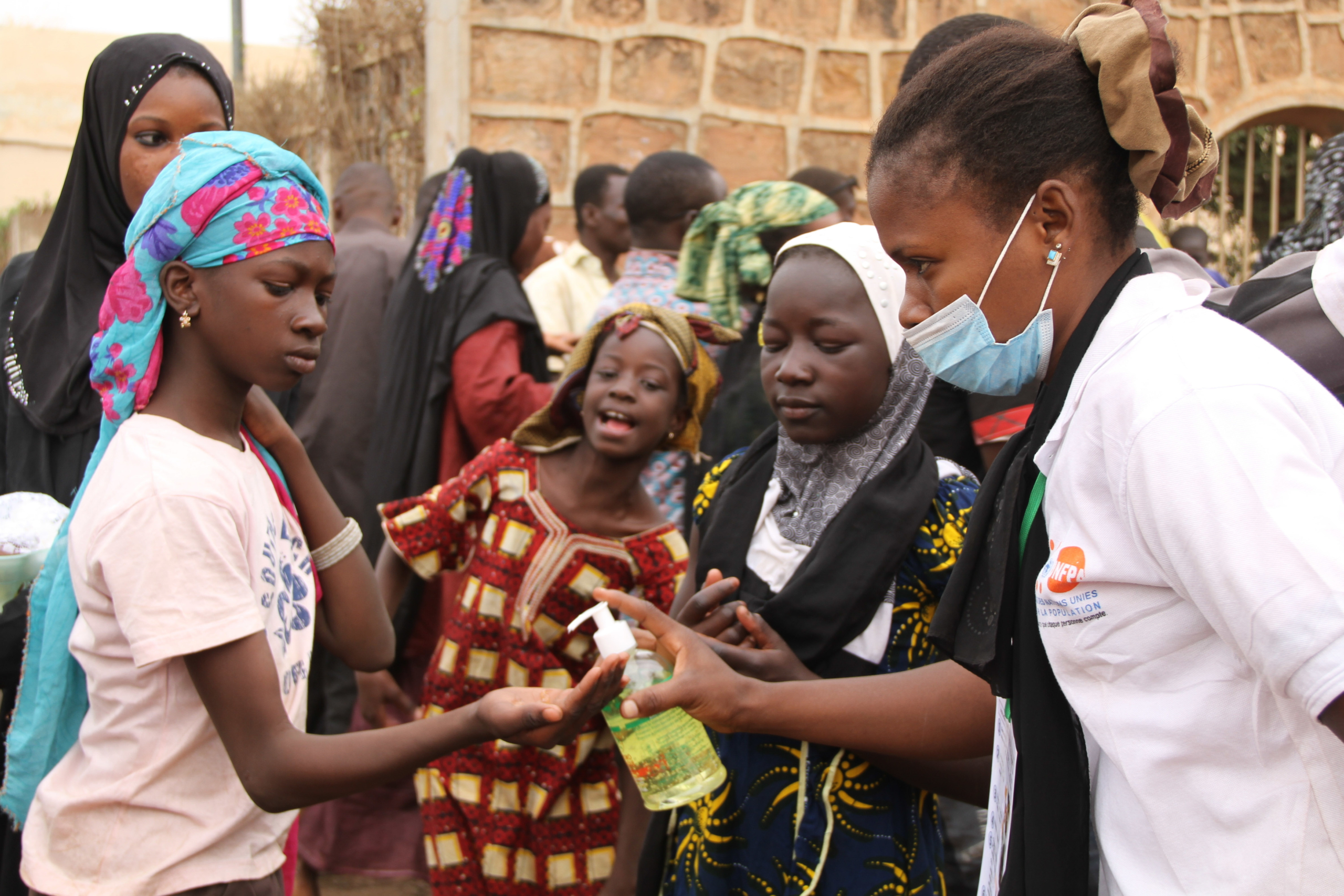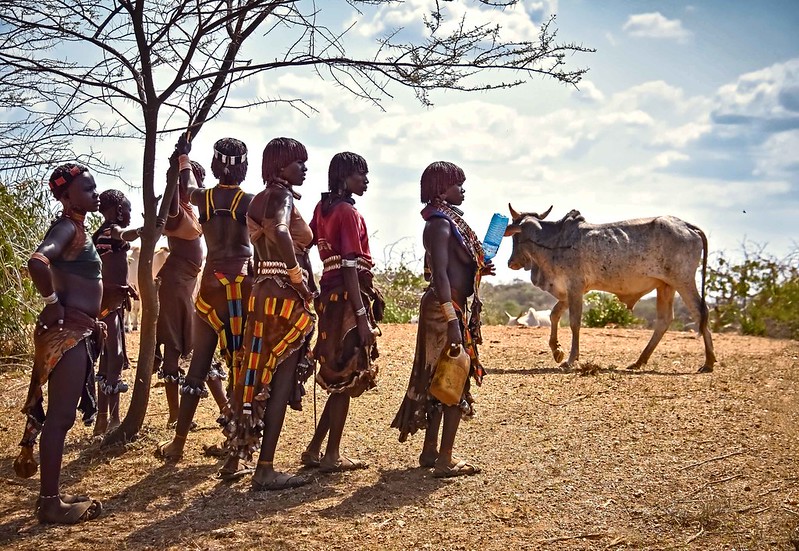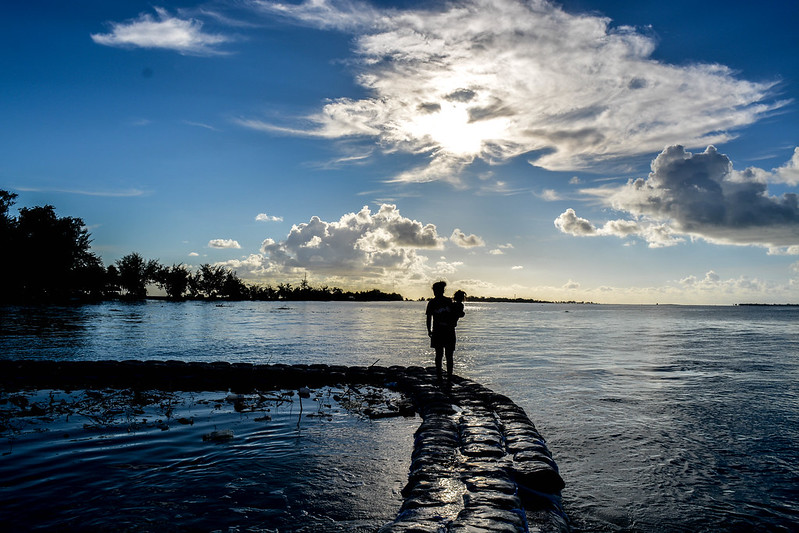
Timor-Leste, also known as East Timor, is a nation that occupies the eastern half of the island of Timor in Southeast Asia. With a population of 1.26 million people, Timor-Leste is one of the least populated countries in Asia. The Portuguese originally colonized the country in 1520. After declaring independence in 1975, Indonesia invaded the nation, which occupies the western half of the island. The Indonesian invasion brought violence, famine and disease to Timor-Leste, resulting in a large loss in population. After a majority of the Timorese population voted to become independent in 1999, Indonesia relinquished control and Timor-Leste moved under the supervision of the United Nations. The nation officially became independent in 2002, making it one of the newest nations in the world. These 10 facts about life expectancy in Timor-Leste outline the rapid improvement the country has made since Indonesian occupation and the issues it still needs to overcome.
10 Facts About Life Expectancy in Timor-Leste
- Life expectancy in Timor-Leste increased from 32.6 years in 1978 to 69.26 years in 2018, matching that of South Asia. The consistent improvement in life expectancy in the past decade is primarily due to the Ministry of Health’s public health interventions. Such interventions include the reconstruction of health facilities, expansion of community-based health programs and an increase in medical graduates in the workforce.
- Life expectancy in Timor-Leste increased despite a drop in GDP, which decreased from $6.67 billion in 2012 to $2.6 billion in 2018. However, Timor-Leste’s GDP rose by 2.8% from 2017 to 2018. Continued improvement in GDP and economic progress in the nation will only serve to increase life expectancy by providing more opportunities for employment, education and improved quality of life.
- Tuberculosis was the highest cause of death in 2014, causing 14.68% of deaths. In 2014, estimates determined that Timor-Leste had the highest prevalence of tuberculosis in Southeast Asia, and 46% of people with tuberculosis did not receive a diagnosis in 2017. Maluk Timor, an Australian and Timorese nonprofit committed to advancing primary health care, provides a service through which team members visit Timorese households to locate undiagnosed patients and raise awareness about the severity of tuberculosis in the community. The organization collaborates with the National TB Program and aims to eliminate suffering and deaths in Timor-Leste due to diseases that Australia, which is only one hour away, had already eliminated.
- Communicable diseases caused 60% of deaths in 2006 but decreased to causing 45.6% of deaths in 2016. While diseases such as tuberculosis and dengue fever remain a public health challenge, the incidence of malaria drastically declined from over 200,000 cases in 2006 to no cases in 2018 due to early diagnoses, quality surveillance, funding from The Global Fund to Fight AIDS, Tuberculosis and Malaria and support from the World Health Organization.
- The adult mortality rate decreased from 672.2 deaths per 1,000 people in 1977 to 168.9 deaths per 1,000 people in 2018. Additionally, the infant mortality rate decreased from 56.6 infant deaths per 1,000 live births in 2008 to 39.3 infant deaths per 1,000 live births in 2018. While public health interventions and disease prevention contributed to the decrease in the adult mortality rate, Timor-Leste needs to expand access to maternal health services in rural areas to continue to improve the infant mortality rate.
- Maternal mortality decreased from 796 deaths per 100,000 live births in 1998 to 142 deaths per 100,000 live births in 2017. The leading cause of the high maternal mortality rate is poor access to reproductive health services, as only 43% of women had access to prenatal care in 2006. While the Ministry of Health continues to expand access to maternal health care through mobile health clinics that reach over 400 rural villages, only 30% of Timorese women gave birth with a health attendant present in 2013. Even as access increases, challenges such as family planning services, immunization, treatment for pneumonia and vitamin A supplementation remain for mothers in rural communities.
- The violent crisis for independence in 1999 destroyed more than 80% of health facilities. Despite rehabilitation efforts to rebuild the health system, many facilities at the district level either have limited or no access to water. However, the number of physicians per 1,000 people improved from 0.1 in 2004 to 0.7 in 2017. The capacity of the health care system is also improving, as UNICEF supports the Ministry of Health in providing increased training for health care workers in maternal and newborn issues and in striving to improve evidence-based public health interventions.
- Timor-Leste has one of the highest malnutrition rates in the world. At least 50% of children suffered from malnutrition in 2013. Additionally, in 2018, 27% of the population experienced food deprivation. USAID activated both the Reinforce Basic Health Services Activity and Avansa Agrikultura Project from 2015-2020 to address the capacity of health workers to provide reproductive health care and the productivity of horticulture chains to stimulate economic growth in poor rural areas. Both projects aim to combat malnutrition by addressing prenatal health and encouraging a plant-based lifestyle that fuels the economy.
- Motherhood at young ages and education levels are key contributors to malnutrition, as 18% of women began bearing children by the age of 19 in 2017. Teenage girls are far more likely to experience malnourishment than older women in Timor-Leste, contributing to malnutrition in the child and therefore lowering life expectancy for both mother and child. As a result of malnutrition, 58% of children under 5 suffered from stunting in 2018. Additionally, findings determined that stunting levels depended on the wealth and education level of mothers. In fact, 63% of children whose mothers did not receive any formal education experienced stunting, while the number dropped to 53% in children whose mothers received a formal education.
- Education enrollment rates are increasing, as the net enrollment rate in secondary education increased from 40.5% in 2010 to 62.7% in 2018. Completion of secondary education links to higher life expectancy, especially in rural areas. Since 2010, Timor-Leste has increased spending on education. Additionally, local nonprofit Ba Futuru is working to train teachers to promote quality learning environments in high-need schools. After Ba Futuru worked with schools for nine months, students reported less physical punishment and an increase in innovative and engaging teaching methods in their classrooms. The organization serves over 10,000 students and provides scholarships for school supplies for hundreds of students. With more programs dedicated to increasing enrollment and the classroom environment, students are more likely to complete secondary education and increase both their quality of life and life expectancy.
These 10 facts about life expectancy in Timor-Leste indicate an optimistic trend. Although malnutrition, disease and adequate access to health care remain prevalent issues in Timor-Leste, the nation’s life expectancy has rapidly increased since Indonesian occupation and has steadily improved its education and health care systems since its founding in 2002. To continue to improve life expectancy, Timor-Leste should continue to focus its efforts on improving public health access and community awareness in poor rural areas, and particularly to emphasize maternal health services to reduce both maternal and infant mortality rates. Despite being one of the newest nations in the world, Timor-Leste shows promise and progress.
– Melina Stavropoulos
Photo: Flickr
 Since the year 2000, Hungary has made strides to improve its healthcare system, which for decades has lagged behind the healthcare systems of other countries in the European Union (EU). Unequal issuing of medical equipment, the prevalence of smoking, drinking and obesity and an unstable political system have resulted in systematic healthcare issues in Hungary, which disproportionately affect citizens living in poverty. Here are seven facts everyone should know about healthcare in Hungary.
Since the year 2000, Hungary has made strides to improve its healthcare system, which for decades has lagged behind the healthcare systems of other countries in the European Union (EU). Unequal issuing of medical equipment, the prevalence of smoking, drinking and obesity and an unstable political system have resulted in systematic healthcare issues in Hungary, which disproportionately affect citizens living in poverty. Here are seven facts everyone should know about healthcare in Hungary.


 Belarus, a post-Soviet state that spent seven decades as a conglomerate of the larger Soviet Union, industrialized early, making much of its industrial base outdated and inefficient today. The country is highly dependent on Russia economically, with many treaties linking the two nations, and much of the sanitation and infrastructure remains unchanged from the early 20th century. This has left much of the country without safe sanitation or modern amenities, reducing the standard of living. Looking back on Belarus’s sanitation history shows high chemical content in their water, poor waste management systems and poor consistency of water flow. However,
Belarus, a post-Soviet state that spent seven decades as a conglomerate of the larger Soviet Union, industrialized early, making much of its industrial base outdated and inefficient today. The country is highly dependent on Russia economically, with many treaties linking the two nations, and much of the sanitation and infrastructure remains unchanged from the early 20th century. This has left much of the country without safe sanitation or modern amenities, reducing the standard of living. Looking back on Belarus’s sanitation history shows high chemical content in their water, poor waste management systems and poor consistency of water flow. However, 

 Kiribati is one of the world’s smallest countries, located in the middle of the Pacific Ocean. The 30 plus islands that together form Kiribati may be small and house a population of a little more than 100,000 people, but Kiribati is modernizing every day. The country only became fully independent in 1979 after a history of colonialism, and it joined the U.N. in 1999. Today, one of the biggest threats it faces is tuberculosis (TB). Of all the neighboring pacific island countries, Kiribati has the highest incidence of tuberculosis with a report of
Kiribati is one of the world’s smallest countries, located in the middle of the Pacific Ocean. The 30 plus islands that together form Kiribati may be small and house a population of a little more than 100,000 people, but Kiribati is modernizing every day. The country only became fully independent in 1979 after a history of colonialism, and it joined the U.N. in 1999. Today, one of the biggest threats it faces is tuberculosis (TB). Of all the neighboring pacific island countries, Kiribati has the highest incidence of tuberculosis with a report of 